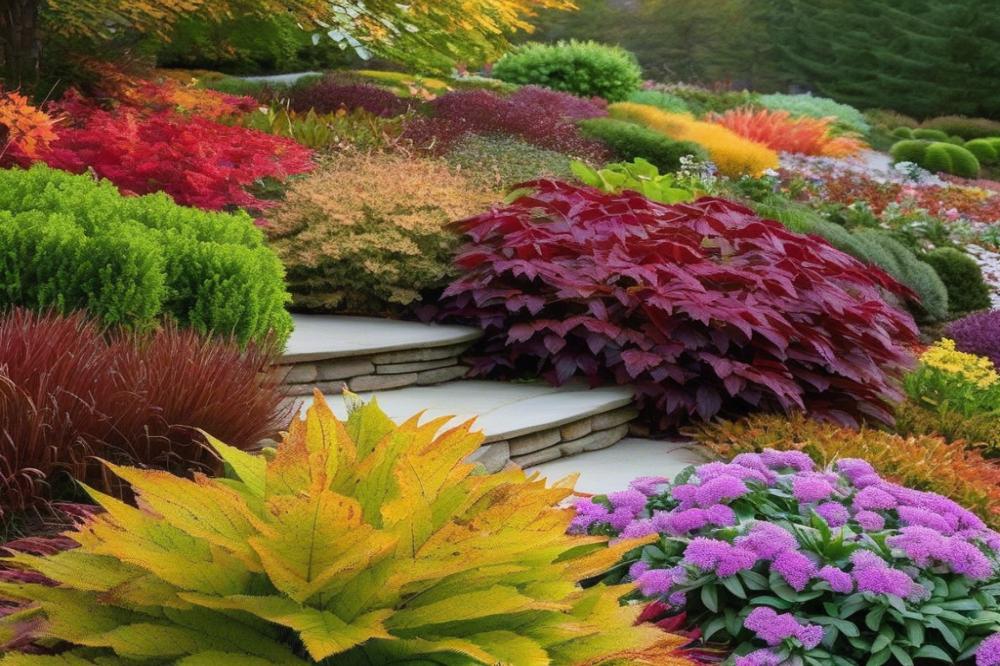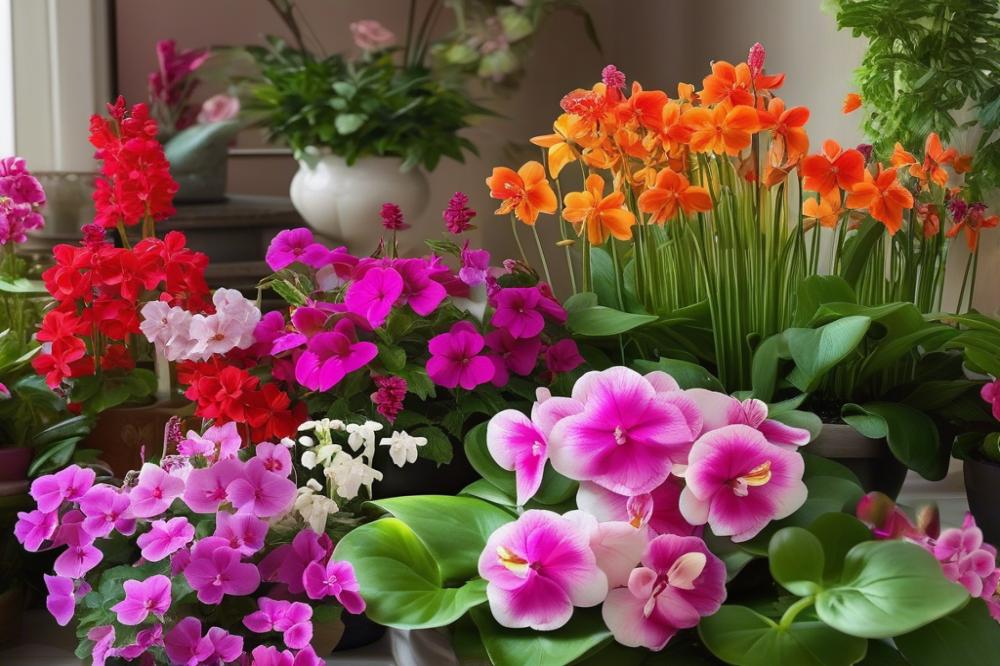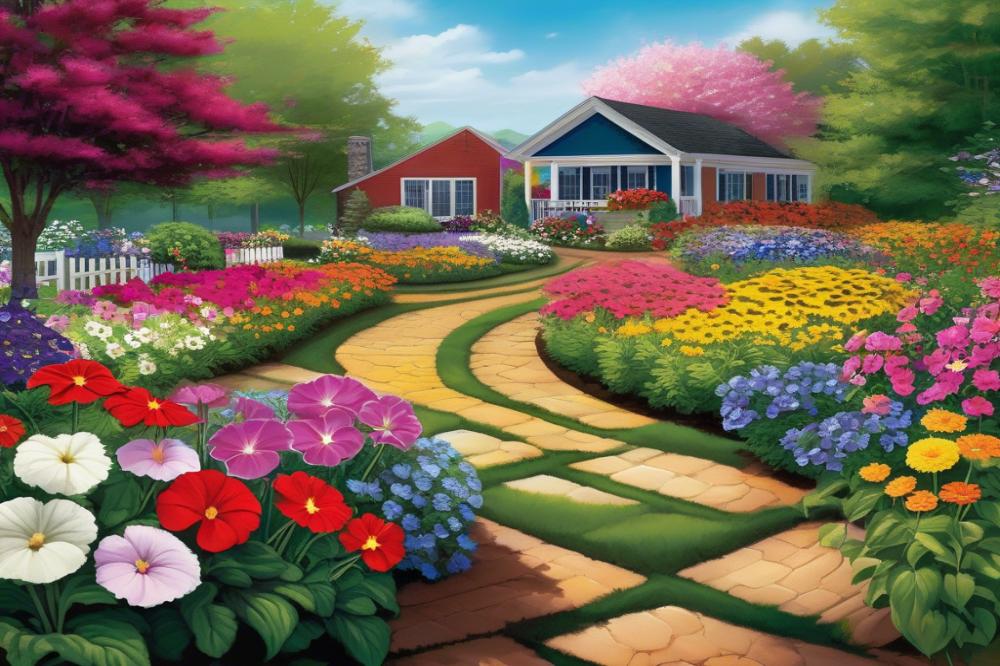The Best ground covers for Fall and Winter Interest
In gardens, every plant serves a purpose. ground covers play a vital role in landscape design. They fill empty spaces, reduce soil erosion, and suppress weeds. More importantly, they contribute to the visual environment throughout the seasons. As autumn gives way to winter, thinking about your garden may seem unnecessary. However, the right plants can add more than beauty; they can create a dynamic winter garden.
Seasonal interest is crucial, especially in colder months when many gardens seem barren. Choosing perennial ground covers with vibrant foliage can provide color variation when most plants are dormant. evergreen plants stand out beautifully against snow, elevating the overall appeal of your outdoor spaces. In this way, landscapes can remain visually engaging all year long, transitioning smoothly from fall to winter.
Selecting the right ground covers offers numerous advantages. Many options are low maintenance, making them perfect for busy gardeners. Drought-tolerant ground covers thrive with little water, helping your garden stay healthy without constant attention. Certain shade-tolerant plants also flourish in less light, expanding your options for various garden areas. Those with unique seasonal foliage can bring a touch of surprise amid the starkness of winter. Ultimately, creating a thriving landscape in both fall and winter can uplift your spirits during colder months.
Ground Covers for Fall and Winter Interest
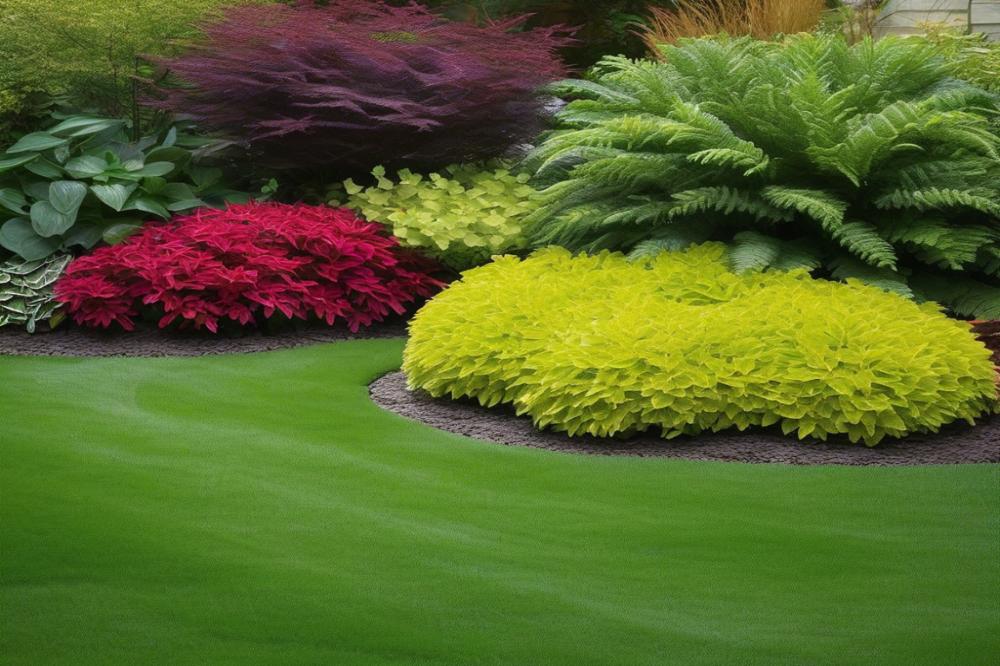

Ground covers are low-growing plants that blanket the soil in gardens. They play an essential role in landscape design, providing beauty and functionality. As the seasons change, many gardens can look bare or lifeless. This is where these hardy plants come into play.
During fall and winter, landscaping can still be vibrant. Certain perennial varieties bring interesting textures and colors even when other plants have faded. Various shades of green, gold, and rust can brighten up the dreary days. Consider plants that offer seasonal foliage to keep your garden visually appealing.
Key features should be taken into account when choosing these plants. For areas with limited sunlight, shade-tolerant options are crucial. Drought-tolerant ground covers are also important for regions with less rainfall. Selecting evergreen plants ensures that the landscape remains lush throughout the cold months.
Plant hardiness is another factor to reflect on. Not all plants will survive the winter in every climate, so understanding your region’s climate zone is essential. A strong winter garden can withstand the cold while maintaining a striking appearance.
Low maintenance gardening is appealing for many. Once established, these plants require little attention while still performing beautifully. This means you can enjoy your outdoor space without spending hours on upkeep.
Lastly, consider how various plants can work together. Combining options with different heights, colors, and textures can create a stunning effect. This approach will make sure your garden looks great no matter the season.
perennial ground covers
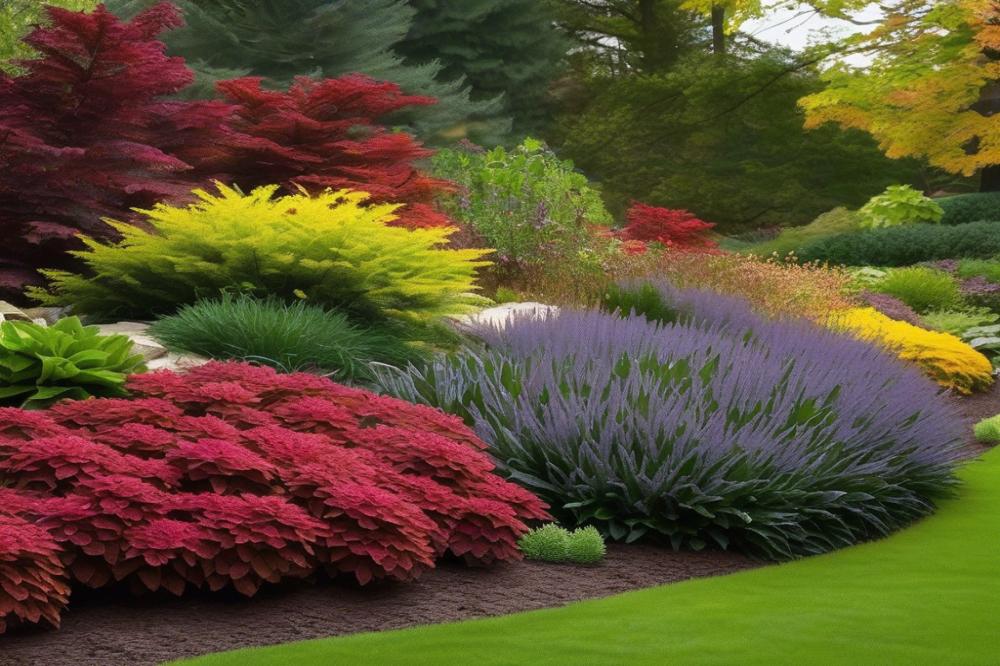

Using perennial ground covers brings numerous advantages to any landscape design. They offer a long-lasting solution that can enhance your garden year after year. These plants are typically low maintenance, requiring less fuss and effort compared to annuals. Once established, they can thrive in various conditions, making them a great choice for different areas of your garden.
Examples of Perennial Plants for Fall and Winter
Some excellent choices for fall and winter interest include evergreen plants like creeping thyme and winter creeping phlox. Both offer vibrant color long after most flowers have faded. For more vibrant options, consider Ajuga reptans, also known as bugleweed. Its unusual blue flowers and rich foliage create striking ground cover throughout the cooler months. Additionally, you might explore sedums, which can withstand harsh weather while maintaining their aesthetic appeal.
Color Variation and Texture to Maintain Visual Interest
Color variation is crucial to keeping your garden lively through the seasons. Many perennial ground covers boast foliage that changes with the weather. Some turn a beautiful shade of copper in autumn, while others retain their bright green throughout the year. The texture also plays an important role. Combining soft, low-growing plants with slightly taller varieties adds depth to your winter garden. Look for drought-tolerant ground covers that can yield a mix of shapes and sizes. This layering technique creates a more dynamic visual experience, particularly during the colder months.
Although the colder season can pose challenges, using shade-tolerant plants can fill in those dreary spots. Just because it’s winter doesn’t mean your garden needs to be dull. Choosing a variety of plants that exhibit seasonal foliage ensures there’s always something beautiful to admire, even in the frost.
Evergreen Plants for Year-Round Coverage
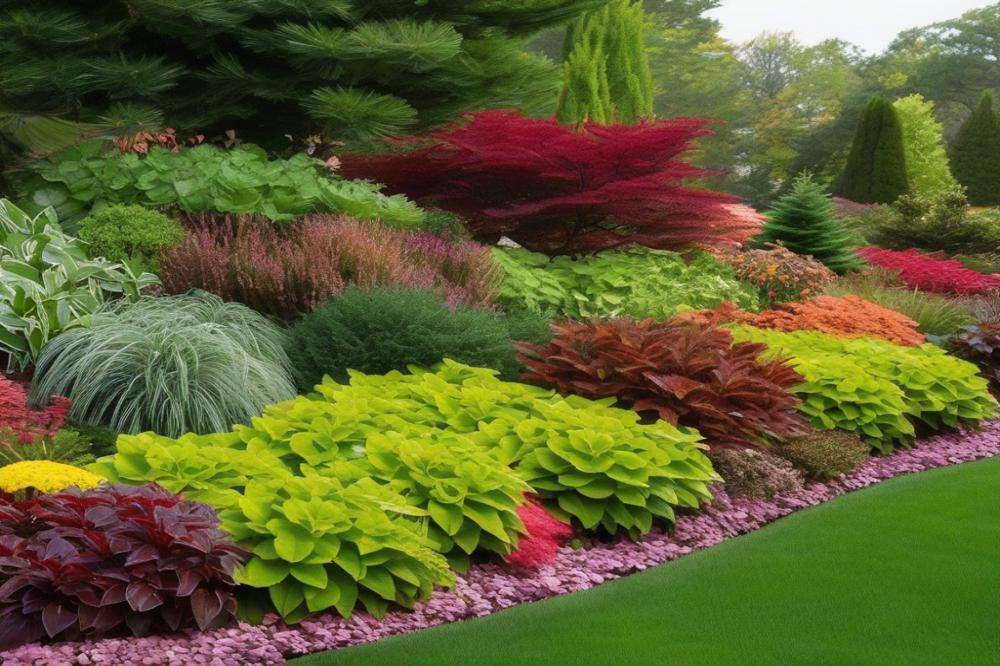

Evergreen plants play a vital role in winter gardens. They provide essential coverage when most other plants have gone dormant. Their lush foliage adds life and brightness during the cold, gray months. Not only do they maintain an attractive landscape design, but they also offer structure and stability.
Recommended Evergreen Plants for Different Climates
Choosing the right evergreen options varies based on climate. In warmer regions, consider creeping thyme. This low maintenance gardening plant offers delightful flowers and is drought-tolerant. For those in cooler zones, periwinkle is a hardy choice. It creates a vibrant green carpet and blooms with lovely purple flowers. Additionally, /moss phlox is perfect for sunny spots, giving a fantastic flare of color variation.
Plant Hardiness Considerations for Evergreen Options
Plant hardiness is crucial when selecting evergreens. Knowing your USDA zone helps you pick the most suitable varieties. Some shade-tolerant plants thrive in lower light, like ajuga. It features beautiful leaves that change with the seasons. If you want to avoid many challenges, opt for ground covers with proven resilience against harsh conditions.
In colder climates, think about using goutweed or vinca minor. These provide excellent winter interest while surviving freezing temperatures. Each choice you make should consider both the aesthetic appeal and functional benefits. A well-chosen selection of evergreen plants transforms your garden into a year-round retreat.
Drought-Tolerant Ground Covers
Drought-tolerant ground covers can be a game-changer for any garden. These plants need less water, making them ideal for areas with limited rainfall. They support sustainable gardening practices while providing beauty throughout the year. Imagine a vibrant winter garden that doesn’t require constant attention or water input. This approach supports both lush landscapes and our environment.
Benefits of Drought-Tolerant Ground Covers
One significant advantage is reduced water usage. During dry spells, many gardens suffer. Drought-tolerant perennial ground covers thrive despite the conditions. Their resilience helps maintain a lively appearance when everything else may struggle. Additionally, these plants often require less maintenance. Less pruning and minimal watering means more time to enjoy your outdoor space.
Suitable Drought-Resistant Options for Fall and Winter
When considering options for your yard, look for evergreen plants that add texture and color variation. Consider ground cover like creeping thyme or sedum. Both can bring life to dull winter landscapes while being remarkably resistant to dry conditions. Other shade-tolerant plants include ajuga and creeping phlox, offering unique hues and forms. Their seasonal foliage can brighten up your garden as temperatures drop.
Impact on Low Maintenance Gardening and Water Conservation
Low maintenance gardening is more attainable with the right choices. Drought-tolerant ground covers simplify upkeep. By selecting hardy plants, you can create a beautiful landscape design that conserves water. This not only lowers your gardening workload but also supports local ecosystems. Conservation becomes a natural part of your gardening philosophy. As you cultivate this type of garden, you contribute positively to the environment.
Shade-Tolerant Plants for Challenging Areas
When it comes to shaded gardens, finding the right plants is essential. Shade can make gardening difficult, but it also opens a world of opportunities with unique plants. Choosing shade-tolerant plants can help fill in those challenging areas, adding beauty and texture.
Some excellent options include perennial ground covers, which thrive in low-light conditions. These hardy choices not only provide greenery but can also bloom beautifully in the right seasons. Consider using ground covers like creeping thyme or sweet woodruff. Both are drought-tolerant ground covers and are relatively easy to care for.
Recommended Plants That Thrive
Explore some wonderful landscape design ideas with these evergreen plants. Hellebores, for instance, bloom in winter and early spring, bringing life to the otherwise quiet garden. Their attractive foliage lasts well through the colder months, providing ongoing visual interest.
Another fantastic choice is ajuga reptans or bugleweed. This perennial plant displays lovely blue flowers in spring and has striking foliage that can range from deep green to rich burgundy. The color variation adds charm and can brighten up even the shadiest spots.
Seasonal Foliage and Interest
In a winter garden, evergreens play a vital role. They create structure and reinforce a garden’s design when other plants are dormant. Consider using ferns for a soft texture and vibrant green hues throughout fall and winter. Their seasonal foliage remains lush, enhancing the overall appeal.
When selecting plants, think about the climate in your area. Plant hardiness can influence what varieties thrive and how long they last. Many shade-tolerant plants require little maintenance, making them perfect for low maintenance gardening. As the seasons change, so will the colors and contours of your shaded spaces, making them a focal point rather than a challenge.
Incorporating Ground Covers into Landscape Design
Using ground covers in landscape design can transform your garden. These plants do more than just fill spaces; they can create stunning visual effects. Start by considering your garden’s layout and the plant hardiness in your area. Understanding your local climate will help you choose the right plants for your landscape.
Tips for Using Ground Covers in Landscape Design
Begin with your garden’s theme. Do you want a vibrant winter garden, or prefer a more subdued look? Select perennial ground covers that complement your main plants. For instance, use evergreen plants to provide color throughout the colder months. This strategy adds depth to your landscape and maintains interest even when other blooms fade.
Strategies for Color Variation and Seasonal Transitions
Color variation makes a garden stand out all year long. Choose a mix of plants that flower at different times. Drought-tolerant ground covers can flatter taller plants in the summer, while shade-tolerant plants offer lush growth in cooler areas. Additionally, consider seasonal foliage changes. Many perennial ground covers display vivid colors in fall, such as reds and golds. Grouping plants with varying textures and hues enhances the complexity of your design.
Practical Advice for Layering and Mixing Ground Cover Plants
Layering adds dimension to your landscape. Position taller plants behind shorter ground covers to create a natural flow. Mixing various types can also enrich your garden’s ecosystem. Combining evergreen and deciduous options allows for stunning contrasts during winter and summer. If your goal is low maintenance gardening, choose hardy varieties that thrive in your local conditions. The right selection simplifies upkeep while ensuring your garden remains beautiful.
Overall, consider the different ways ground covers invite wildlife. Birds, bees, and butterflies will enjoy visiting your landscape. Thoughtful placement brings life to the garden, enhancing its charm. Using these plants wisely not only beautifies your space but also supports local ecosystems.
Embracing Beauty in the Cold Seasons
In summary, selecting the right ground covers can greatly enhance your garden’s appeal during the fall and winter months. Plants such as creeping thyme, sedum, and ajuga offer stunning color and texture when the rest of the landscape fades away. Other options like wintergreen and certain varieties of ivy can create a lush, green carpet that remains vibrant in colder temperatures. Opting for these perennial ground covers can add lasting beauty and interest even when flowers are scarce.
Adding these beautiful options to your garden transforms it into a lively showcase, regardless of the season. Homeowners should consider how various textures and colors complement their existing plants. Evergreen plants provide a refreshing contrast against the starkness of winter, making any garden look inviting and warm. A well-chosen mix can create a dynamic landscape that pulls the eye in and keeps it interested.
Exploring different kinds not only adds visual appeal but also brings a sense of life to outdoor spaces during the dreariest months. Don’t hesitate to experiment. Various combinations can lead to a stunning display. Whether you seek robust greens or vibrant colors, the right selections can brighten even the gloomiest days. Embrace the joy of winter gardening, and you’ll find endless satisfaction in your outdoor sanctuary.

